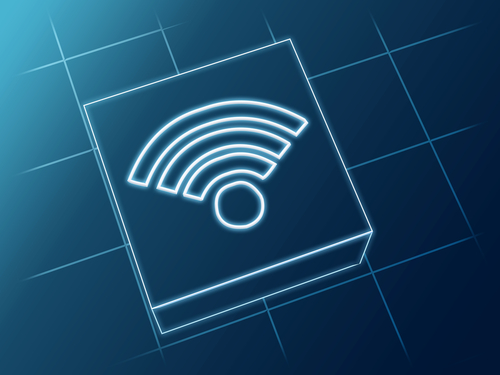WiGig Wi-Fi Promises 8Gbps Speeds And Less Congestion From 2017

WiGig devices are set to go mainstream next year, offering ‘wired-grade’ connectivity for VR, AR, cloud
The WiGig standard promises faster, less congested Wi-Fi networks when the first devices powered by the standard start appearing next year.
The 802.11ad Wi-Fi standard uses 60GHz spectrum to provide low latency, higher capacity and faster Wi-Fi at distances of up to 10 metres. Beamforming technology is used to provide a focussed connection and eliminate interference and speeds of up to 8Gbps are possible.
This ‘wired-grade’ experience will help meet bandwidth demand for future applications like Virtual Reality (VR), Augmented Reality (VR) and increasingly data hungry mobile services.
WiGig Wi-Fi
 The idea is that WiGig systems, such as routers, smartphones, PCs, tablets and other consumer products, will be interoperable with the commonly used 2.4GHz and 5GHz bands. This means the most appropriate frequencies are used depending on the type of application.
The idea is that WiGig systems, such as routers, smartphones, PCs, tablets and other consumer products, will be interoperable with the commonly used 2.4GHz and 5GHz bands. This means the most appropriate frequencies are used depending on the type of application.
“Wi-Fi has delighted users for more than 15 years, and WiGig now gives users even higher performance in a rich variety of applications unleashing an unparalleled Wi-Fi experience,” said Edgar Figueroa, CEO of the Wi-Fi Alliance. “WiGig further expands the Wi-Fi CERTIFIED portfolio into 60 GHz, and will augment existing and developing Wi-Fi programs and technologies.”
WiGig has been a long time coming. Seven years ago, supporters of 60GHz Wi-Fi spoke of 3Gbps and 7Gbps with the hope that such products would arrive before the end of 2010. However it has taken longer than expected to take the ‘third band’ of Wi-Fi mainstream. It is now expected more than 180 million WiGig-enabled smartphone chipsets will be shipped next year.
Other improvements to wireless office networking include beam-forming MU-MIMO-powered 802.11ac and MegaMIMO – a proposed technology described by researchers at MIT as capable of boosting wireless speeds by up to 330 percent.